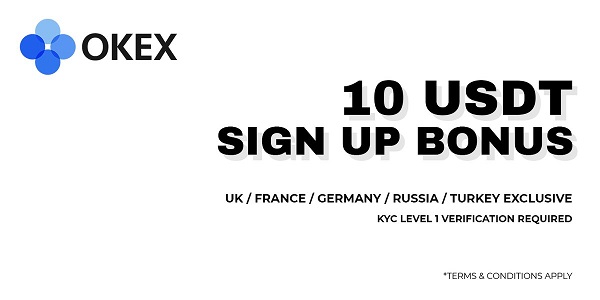
Darius Baruo
Sep 06, 2024 10:31
Dive into the future of Ethereum (ETH) and explore the potential of tokenization in treasury products, private equity, NFTs, and more.
Ethereum (ETH) continues to be a cornerstone in the blockchain ecosystem, and its future is increasingly tied to diverse use cases. In a recent article by CoinShares, the second part of their series delves into the concept of tokenization, exploring how various assets can be represented on the Ethereum blockchain.
What is Tokenization?
Tokenization broadly refers to the idea of representing real-world or already digital assets on Ethereum. This includes subcategories such as Treasury/Yield Products, Debt, Private Equity, Crowdfunding, NFTs, Utility NFTs, and Digital Collectibles.
Treasury/Yield Products, Debt, and Private Equity
Tokenization of traditional financial instruments like treasury products, debt, and private equity aims to bring these assets on-chain. Digital tokens representing ownership or claims to these assets can be traded on decentralized exchanges (DEXs) or specific venues. Smart contracts automate interest payments and principal repayments, enhancing efficiency and transparency.
The benefits of tokenizing these products include improved liquidity, lower investment minimums, increased transparency, and quicker settlement times. For instance, Hamilton Lane has already reduced investment minimums from $5 million to $20,000 through tokenization.
Equities
Tokenizing equities presents more complexities but offers significant potential. Platforms like Dinari, built on Ethereum Layer 2 Arbitrum, provide compliant tokenized versions of popular stocks. However, the ultimate vision is for companies to issue equity directly as digital tokens, rather than just representing existing shares.
Swiss startup Vidby raised $10 million through a purely tokenized equity offering on Ethereum, showcasing the potential for startups to leverage this method for fundraising. This approach can offer global participation, improved capital efficiency, and reduced fraud risk.
Crowdfunding
Crowdfunding platforms like GoFundMe and CrowdCube have democratized investment opportunities. Transitioning these models to Ethereum can lower transaction costs, increase global participation, and offer tokenized ownership with voting rights or automated payouts. This can lead to a more efficient and transparent crowdfunding ecosystem.
NFTs — Utility NFTs and Digital Collectibles
While many NFTs have lost value, the underlying technology remains promising. Utility NFTs can represent ownership of assets that generate cash flows, such as music royalties or real estate. Digital Collectibles, on the other hand, cater to speculative investors and collectors, potentially capturing a share of the global art and collectibles market.
Summary
Tokenization is poised to play a fundamental role in Ethereum’s future, offering enhanced liquidity, transparency, and efficiency across various asset classes. As traditional asset managers and banks explore these benefits, the sector is expected to grow significantly. The next part of the series will cover Governance and DAOs, and Digital Identity/Credentials.
For more detailed insights, the original article by CoinShares can be accessed here.
Image source: Shutterstock





Be the first to comment